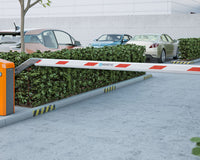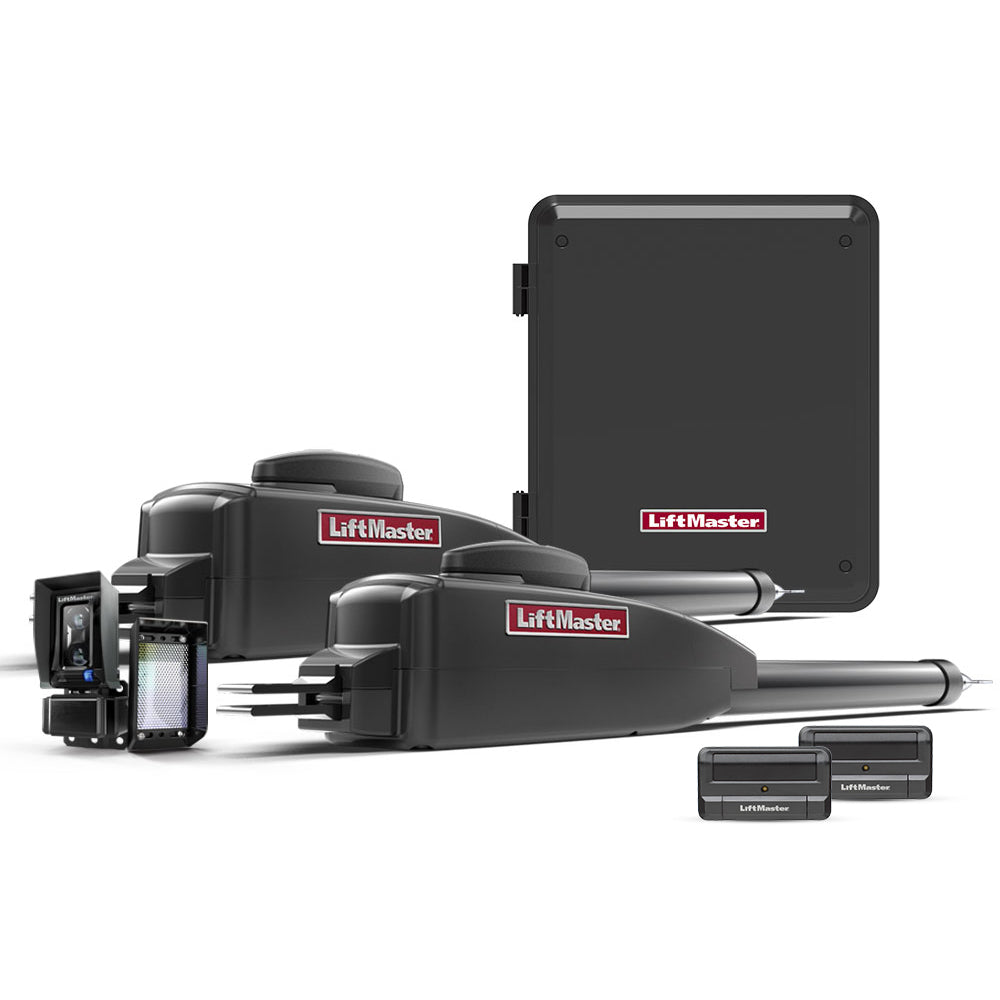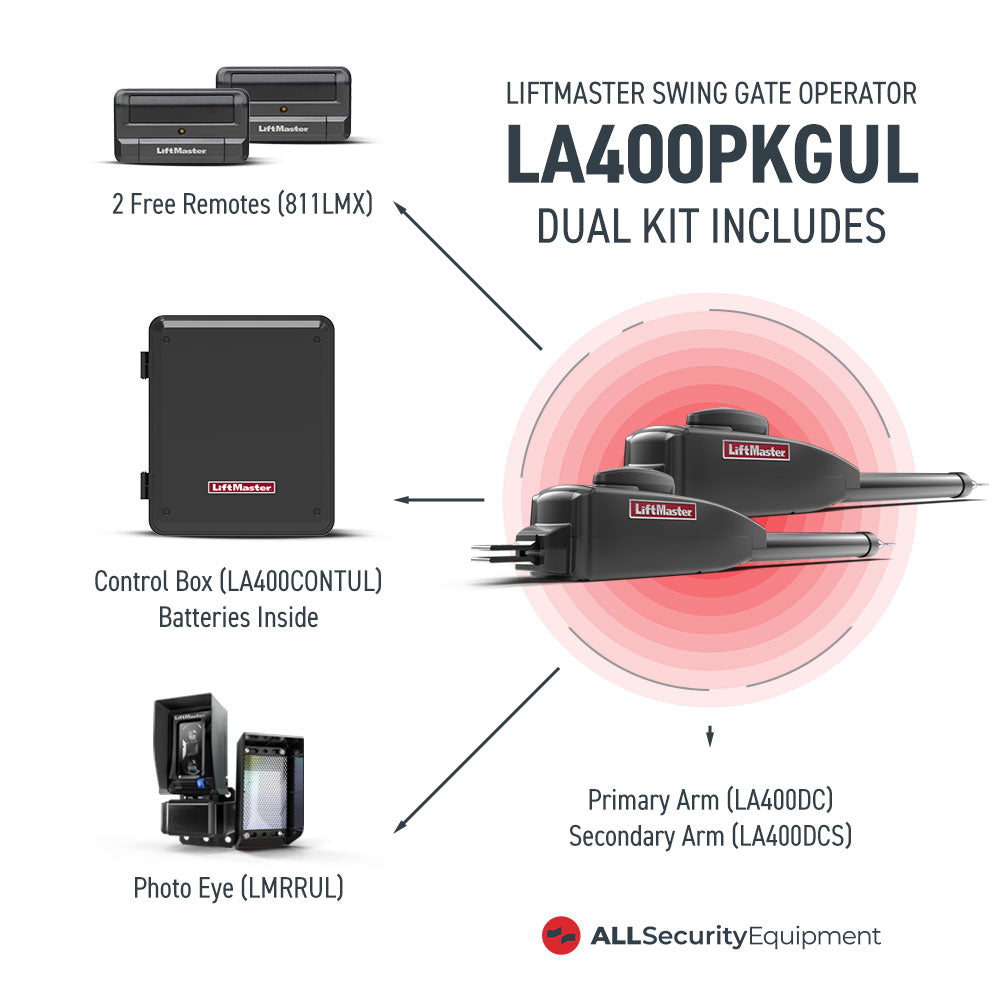Have you ever wondered what the vertical posts you see on roadsides, pathways, parking areas, and buildings are? These vertical posts are known as bollards. But what exactly are bollards, and what purpose do they really serve?
What Are Bollards?
Bollards are vertical short posts that provide safety to pedestrians and structures. Aside from pedestrian safety, bollards also act as a traffic guide to let drivers know where they should go and when to stop.
It further prevents vehicle access in spaces they are not allowed, such as pedestrian walkways and restricted parking areas.
Bollards: History and Overview
Bollards have been used as early as the Roman Empire. Carved stone posts were found lining the fronts of buildings and roadsides.
The term bollard first appeared in the Oxford English Dictionary in 1844. It was defined as a post used to moor boats. These mooring bollards were seen in harbors, ports, and other areas where maritime vessels dock.
Since then, the meaning of bollards has come to include all short and vertical posts that act as safety barriers to keep pedestrians safe and guide vehicular traffic. Their style also differs based on the century they were installed as well as their purpose.
Over the years, bollards in pedestrian areas and roadways to guide the flow of traffic also evolved and adapted to reflect the needs of modern times. Right now, many types of bollards exist, depending on their application.
Types of Bollards
Knowing what they are doesn’t necessarily mean you know everything you need to know about bollards. They come in various types, are made differently, and serve various roles.
Here are the most common types of bollards you’ll find:
Mooring Bollards
Mooring bollards also referred to as marine bollards, are the short posts found in mooring systems. Vessels are attached to the post to keep them anchored while stationary.
These permanent bollards usually have a mushroom design so that ropes anchored won’t come off easily. They also come in different shapes and sizes depending on the size of the marine vessels they cater to.
Security Bollards
Security bollards ensure the safety of pedestrians, vehicles, and buildings. A security bollard is often made from stainless steel with a concrete filling.
Even when they act as safety bollards, their design and style can be adapted to match the aesthetic of the environment they are installed in.
Security bollards should be strong enough to withstand impact resistance. But, the impact resistance is determined by how the bollard is attached to the ground. For example, there are stainless steel or concrete bollards that are permanently attached to the ground.
However, embedded bollards like this are not always necessary. Some make use of a retractable bollard design that provides security teams the convenience of withdrawing the posts when needed.
Removable Bollards
Sometimes, permanent bollards are not the solution you want. In situations when fixed bollards are unnecessary, like for temporary events, installing removable bollards is a great option.
Removable bollards allow users to take them away with minimal effort. When not in use, these bollards can be stored and reused as needed.
Construction Bollards
As the name suggests, places or areas of construction use this type of bollard. It shows people and vehicles that the site has ongoing construction, and re-routing or taking cautionary measures is needed. You can see them most often used during road and building construction projects.
Bollard Designs
Bollard designs have certainly evolved through the centuries. Traditional designs used to be made of iron and painted in black. They weren’t as impact-resistant as they are now.
Modern contemporary designs have combined aesthetics and function. The sizes, strength, colors, and materials used depend on the landscape and the purpose.
Nowadays, there are lighted bollards powered by electricity or solar panels to provide pathway illumination. These illuminated bollards also serve as decorative elements that perfectly line the area.
Impact Resistance of Bollards: Flexible, Low Impact and High Impact Bollards
The impact resistance of bollards plays a major role in its function. Plastic bollards are not as hard as stainless steel bollards. The differences in the resistance against powerful forces determine the amount of safety they offer.
Flexible Bollards
Flexible bollards cannot damage a vehicle upon impact. Polyurethane is used to make these plastic bollards.
They act as parking bollards to guide drivers when to stop the car in a parking lot. However, due to their flexible status, they won’t slow or stop the car upon impact.
They can also be used for guiding traffic and as lane delineators on highways and in areas experiencing heavy traffic.
Low Impact Bollards
There can be minor damage to a vehicle when it crashes into a low impact bollard. These bollards may not be able to bring an incoming vehicle to a full stop, but a collision can cause a good amount of damage.
Installation of low-impact bollards makes drivers more cautious, especially since they are well aware of the damage they can ultimately cause.
High Impact Bollards
Sturdy metal bollards – with or without a bollard cover – stop vehicles crashing onto the structure or pathway. Mostly, these are made of steel pipes embedded in the ground with concrete bases.
High-impact bollards have been used for crash protection and to ensure the safety of the perimeter they protect. They are mostly used in places such as government buildings and other facilities that require a higher level of perimeter protection.
Common Materials Used for Bollards
The materials used for the construction of bollards determine their strength and the level of protection they provide.
Here are some of the common materials used:
Cast Iron
Traditional bollards are mostly made from cast iron. It is a durable and cost-effective option. However, standard cast iron may still experience cracks upon impact or when unprotected from the elements.
Ductile Iron
This type of iron is stronger than cast iron and won’t crack easily. It is also unlikely to shatter upon impact, so projectile shrapnel is reduced.
Stainless Steel
Meant for a contemporary and sleek design, stainless steel has become a popular option. Stainless steel bollards are weather-resistant and can be further protected with a coating to make them more durable and aesthetically pleasing.
Concrete
Concrete is used together with steel bollards or embedded rebar. The impact resistance of concrete depends on how it is installed. But it does create imposing and beautiful designs that fit any style.
Plastic or Polyurethane
UV-resistant and durable plastic bollards can stand up to any weather conditions. They are also cost-effective and come in various colors. However, they are not impact-resistant and don’t offer much where crash prevention is concerned. Plastic and polyurethane bollards are only good for acting as a guide to vehicles.
Install Reliable Bollards Now
Safety and traffic control are two main reasons why bollards are installed. However, visual appeal also comes into play. And with different types and designs of bollards available in the market, you can select from a vast selection to suit your needs.
Check our bollard catalog at All Security Equipment to find the right one for you.












